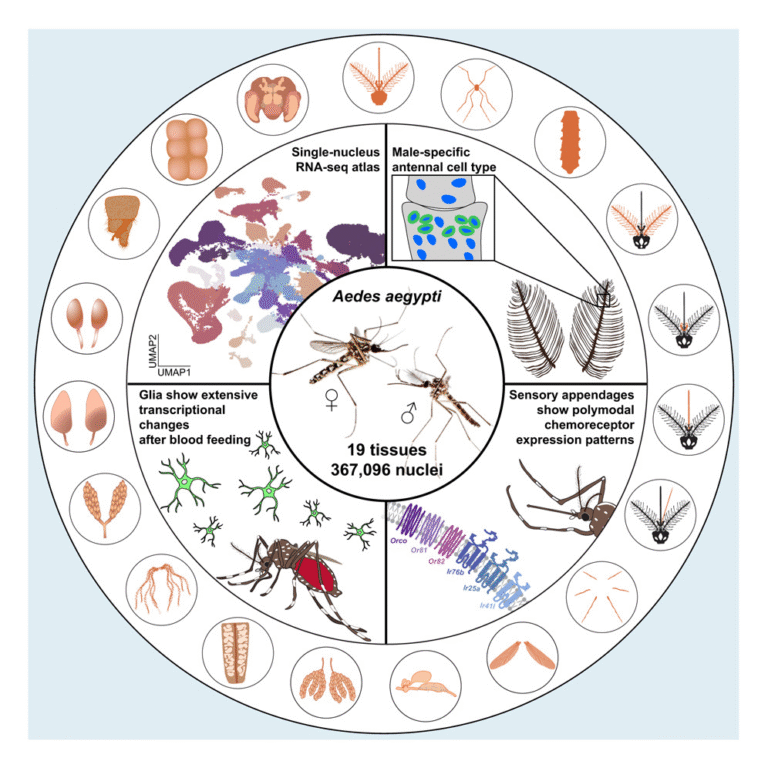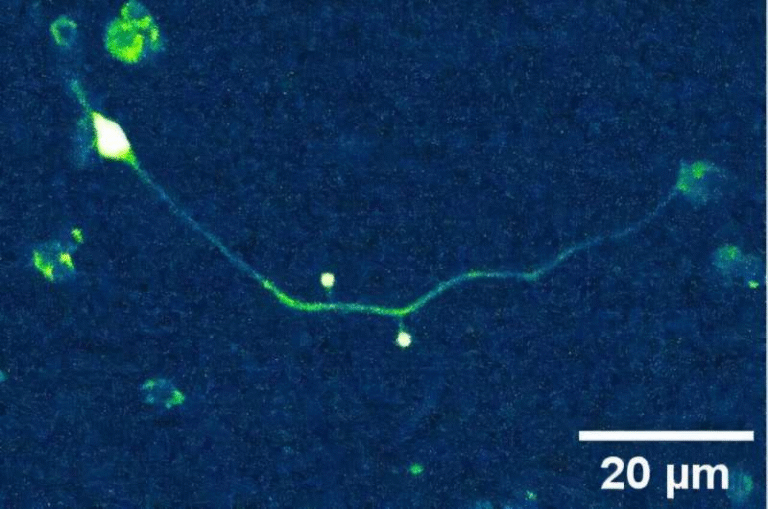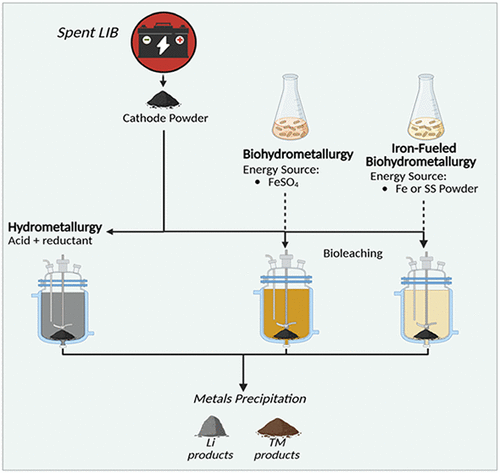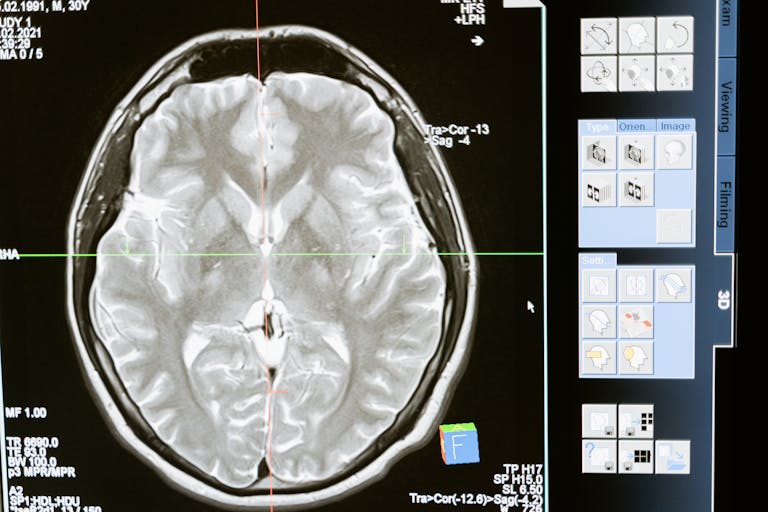Mushrooms Invented Psychedelics Twice – And Scientists Just Found Out
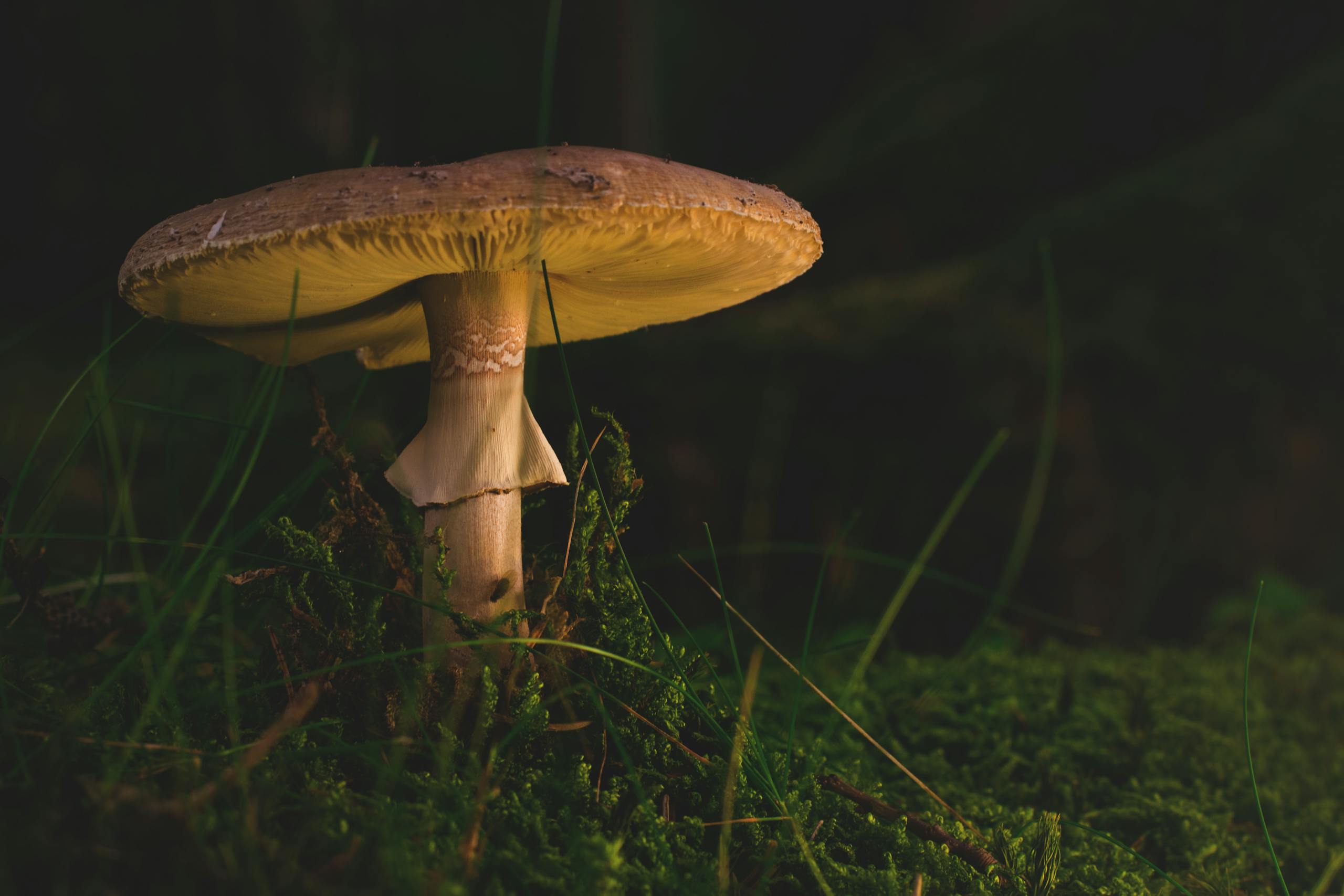
Scientists have made a fascinating discovery: mushrooms evolved the ability to produce psilocybin, the compound behind psychedelic experiences, not once but twice. Even more surprising, the two groups of fungi used completely different biochemical toolkits to arrive at the same mind-altering molecule. This is a rare example of what biologists call convergent evolution, where unrelated species independently develop the same trait.
The study, published in Angewandte Chemie International Edition in September 2025, reveals just how inventive fungi can be at the molecular level. While the purpose of psilocybin in mushrooms is still a mystery, the discovery offers important insights into evolution, fungal chemistry, and even potential biotechnological applications for medicine.
What Exactly Did Scientists Discover?
Researchers at Friedrich Schiller University Jena and the Leibniz Institute for Natural Product Research and Infection Biology (Leibniz-HKI) studied the genomes of two very different mushroom lineages: the well-known Psilocybe mushrooms (which include Psilocybe cubensis, commonly called “magic mushrooms”) and the less-known Inocybe mushrooms, also known as fiber caps.
Both produce psilocybin, a molecule our bodies convert into psilocin, which profoundly affects consciousness. But when scientists compared their biosynthetic pathways, they found that the enzymes and reaction steps used by each group were completely different.
In Psilocybe, the pathway has been known for a while and relies on a familiar set of enzymes to transform the amino acid tryptophan into psilocybin. But in Inocybe corydalina, the researchers identified a totally separate set of enzymes that carried out the same job, though in a different order and with different mechanisms.
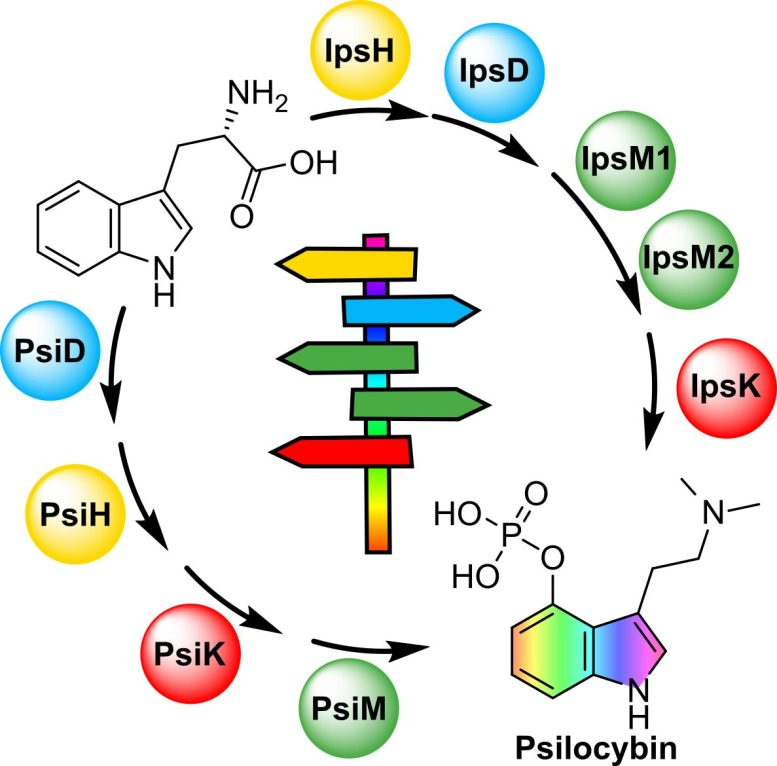
The team confirmed this through laboratory experiments and protein modeling. The result was clear: psilocybin biosynthesis evolved independently at least twice in fungi, with the two lineages essentially “reinventing” the same molecule by different means.
The Enzyme Details – Two Different Toolkits
In Psilocybe, the biosynthesis of psilocybin follows a step-by-step process involving decarboxylation, hydroxylation, methylation, and phosphorylation of tryptophan. The enzymes involved are well documented and act in a straightforward sequence.
But in Inocybe, the researchers found:
- IpsD, a pyridoxal-5′-phosphate dependent L-tryptophan decarboxylase
- IpsK, a kinase
- IpsM1 and IpsM2, two nearly identical methyltransferases
- IpsH, a monooxygenase (analyzed with computer models due to difficulties in isolating it experimentally)
Together, these enzymes carried out the full transformation of tryptophan into psilocybin. Importantly, the pathway in Inocybe is branched rather than linear, and in addition to psilocybin, it also produces baeocystin, a closely related compound.
This means not only did the enzymes differ from those in Psilocybe, but the order and structure of the biosynthetic pathway was also unique. Scientists describe this as nature finding two completely separate routes to reach the same molecule.
Why Would Mushrooms Produce Psilocybin?
One of the lingering questions is why mushrooms make psilocybin at all. Despite its profound effects on humans, mushrooms obviously didn’t evolve the compound for our benefit.
The researchers admit the real answer is unknown. Still, there are a few leading ideas:
- Predator defense: Psilocybin or its breakdown products may deter insects or animals from eating the mushrooms. A clue here is that Psilocybe mushrooms turn blue when bruised, a reaction linked to psilocybin degradation. This might act as a warning signal.
- Chemical communication: Psilocybin could play a role in ecological interactions between fungi and their environment, perhaps influencing bacteria, plants, or insects in ways that are still poorly understood.
Although the evolutionary advantage remains unclear, the fact that two unrelated groups of mushrooms independently evolved psilocybin suggests it must provide some kind of benefit in nature.
The Role of Psilocybin in Humans
Psilocybin has a long and complex history with humans. For centuries, indigenous cultures in the Americas used psilocybin mushrooms in rituals and healing ceremonies.
In modern science, psilocybin is being studied as a potential treatment for therapy-resistant depression, anxiety, PTSD, and addiction. Clinical trials have shown promising results, with patients experiencing profound shifts in mood and perception after guided therapy sessions.
Once ingested, psilocybin is converted into psilocin, which interacts with serotonin receptors in the brain, leading to altered states of consciousness, changes in perception, and sometimes deeply meaningful psychological experiences.
Biotechnological Opportunities
One of the exciting outcomes of this discovery is the potential for biotechnological production of psilocybin.
By identifying new enzyme sets from Inocybe, scientists now have more tools to produce psilocybin in the lab or in engineered organisms. This could make pharmaceutical production of the compound more efficient and less dependent on complex chemical synthesis or mushroom cultivation.
At Leibniz-HKI in Jena, researchers are already collaborating with the Bio Pilot Plant, which develops industrial-scale processes for natural products. The hope is that psilocybin could eventually be produced reliably in bioreactors, paving the way for its use as a regulated medicine.
A Rare Example of Convergent Evolution
This case is not just about mushrooms—it’s a striking illustration of convergent evolution. Typically, convergent evolution is seen in physical traits, like how wings evolved independently in birds, bats, and insects.
But here, it has occurred at the biochemical level, with unrelated fungi evolving two completely different pathways to make the same psychoactive molecule. This highlights how evolution can repeatedly “invent” similar solutions when there’s a strong enough advantage.
Beyond Psilocybin: The Chemistry of Mushrooms
Mushrooms are chemical powerhouses. Beyond psilocybin, fungi are known for producing a wide range of secondary metabolites, many of which have medical applications. For example:
- Penicillin, the first widely used antibiotic, comes from Penicillium fungi.
- Cyclosporine, an immunosuppressant used in organ transplants, was originally isolated from a soil fungus.
- Ergot alkaloids, derived from Claviceps fungi, influenced both medicine and history (these compounds are also chemically related to LSD).
The discovery of multiple psilocybin pathways shows just how much untapped biochemical diversity lies hidden in the fungal kingdom.
Psilocybe cubensis and Its Relatives
Among the psilocybin-producing mushrooms, Psilocybe cubensis is the most famous. It grows worldwide in tropical and subtropical regions such as Central and South America, Southeast Asia, and Oceania.
It thrives in moist, fertilizer-rich soils, often associated with livestock pastures. Known colloquially as the “golden teacher,” it has become one of the most widely recognized psychedelic mushrooms globally.
Other psilocybin-producing genera include Panaeolus, Gymnopilus, and Inocybe, each with their own ecological niches and biochemical quirks.
The Fiber Caps (Inocybe)
The other group involved in this discovery, Inocybe mushrooms, are less well-known to the public. Many species are small, brown, and often poisonous. They are widespread in forests and grassy areas.
Unlike Psilocybe, Inocybe mushrooms do not have a history of use in human cultures. Their psilocybin content was only identified more recently, and this new study has revealed just how differently they make the compound compared to Psilocybe.
Implications for Future Research
This discovery opens up several future directions:
- Medical research: Expanding the toolkit for psilocybin production could accelerate clinical trials and eventual pharmaceutical use.
- Ecology: Understanding why mushrooms evolved psilocybin may shed light on their interactions with ecosystems, insects, and animals.
- Chemistry: The newly discovered enzymes could inspire further studies into novel biochemical reactions.
- Evolutionary biology: This is a textbook example of how convergent evolution works at the molecular scale, offering new lessons in evolutionary innovation.
Conclusion
The fact that mushrooms evolved psilocybin twice, using totally different enzyme pathways, is one of the most striking biochemical discoveries in recent years. It reinforces how creative nature can be, how much more there is to learn about fungi, and how even ancient molecules can become key players in modern medicine.
By unraveling these hidden chemical strategies, scientists not only answer evolutionary questions but also lay the groundwork for new therapies that could change lives.
Research Reference:
Dissimilar Reactions and Enzymes for Psilocybin Biosynthesis in Inocybe and Psilocybe Mushrooms – Angewandte Chemie International Edition, 21 September 2025
